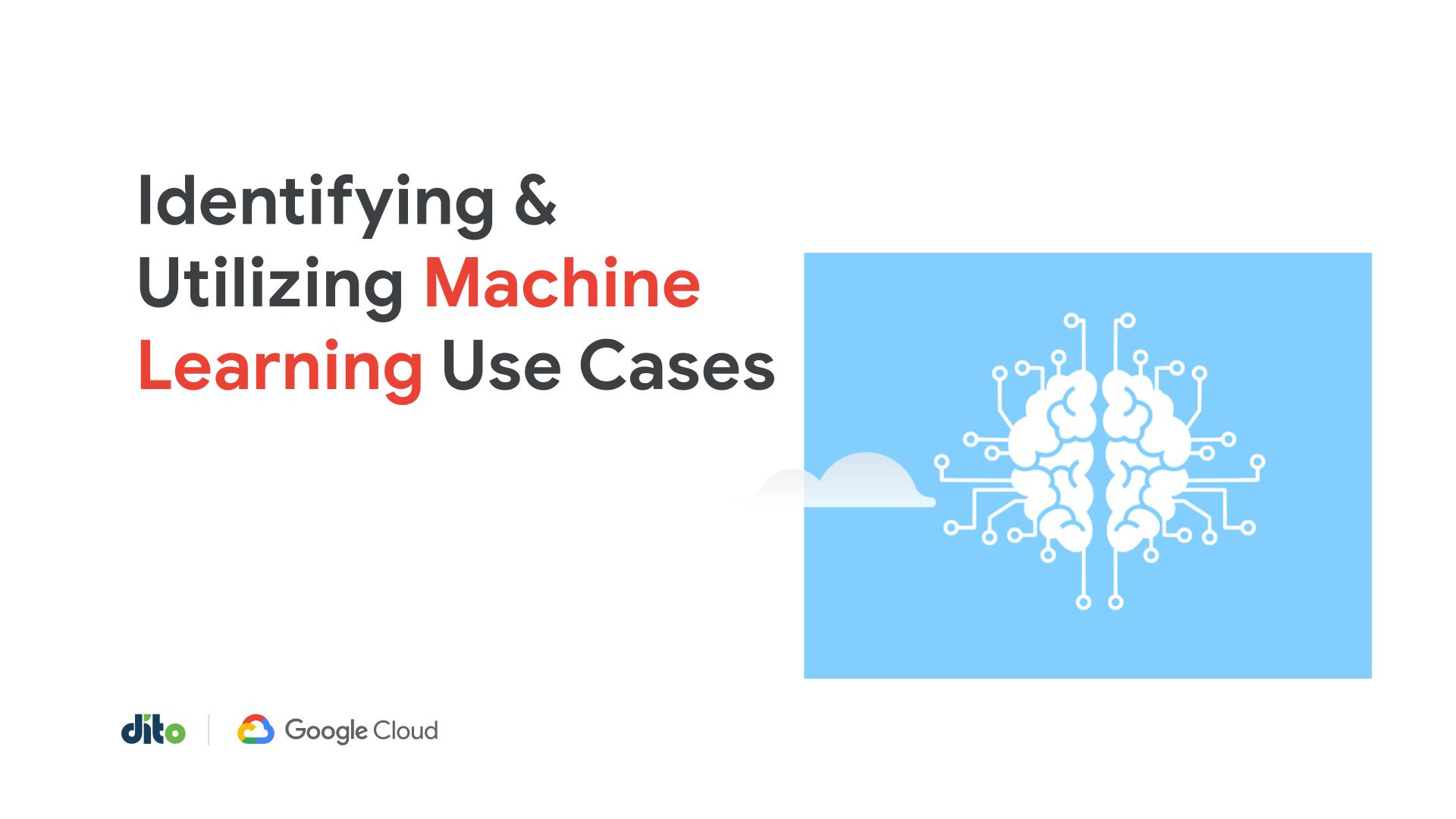Containerized strategies are emerging as a solution to many of cloud computing’s inherent challenges. As cloud configurations expand and become more complex, organizations often find themselves struggling to maintain proper oversight of their configurations. Furthermore, the complicated nature of cloud setups can limit the flexibility and scalability that the technology is supposed to achieve. There are a variety of ways to mitigate these issues and get more value from the cloud, and containers are emerging as a popular option.
Containers are designed to create a simplified, streamlined platform to host an application, creating a standardized back-end configuration that can be used to quickly roll out a secure, high-performing cloud instance for an app.
Docker is leading the container movement, and Kubernetes is bringing the power of the Google Cloud Platform to Docker’s containerization strategy to drive more value from the technology. Here’s a look at how these technologies intersect to drive scalable, easy-to-manage environments.
Basics of Docker
Docker containers are designed to isolate applications from the rest of the configuration, allowing the application to operate over a shared OS kernel and making it easier to host multiple software types in a common infrastructure environment. Docker is built for flexibility, security and standardization by segregating the app from the infrastructure in an even deeper way than a traditional virtual machine. While Docker can do a lot, a few capabilities stand out in the context of a Kubernetes setup with the Google Cloud. These include the following:
- Google-supplied Linux extensions: Docker containers are designed to be compatible with Windows and Linux. The Google Compute Engine setup, the foundation for containers within the Google Cloud Platform, is designed for primary compatibility with Linux, including the ability to use pre-built Google extensions to support Docker containers running in a Linux setup within the Google Cloud.
- Resource Partitioning: In general, a Docker container will feature the application itself residing over the relevant bins/libs setup. This container is housed within Docker, which then resides on the host operating system and infrastructure.
Because of this setup, users can place a container within a virtual machine, further segmenting the system. Since the container resides within the virtual machine, the actual app configuration is extremely lightweight and can be moved freely between virtual and physical infrastructure configuration. In essence, you’re configuring the container for the VM or physical infrastructure, so you don’t have to manually change the app for each new resource partition.
The ability to use Google extensions for Linux alongside the inherent Docker partitioning flexibility gives organizations much more flexibility and adaptability in their cloud configuration. In this type of setup, Docker uses a variety of existing technologies to create an immutable image that is used as the base for a runtime container. The container can then be used across infrastructure setups that the underlying image is compatible with.
Docker Registries
Registries are central to the image management and deployment elements of Docker, allowing for rapid test and deployment cycles so organizations can support continuous delivery. A Docker Trusted Registry frees users to manage the entire image workflow:
- Imaging signing.
- Security scanning.
- Integration with LDAP and Universal Control Plane.
As entities, Docker Registries are simply the equivalent of golden images used as the basis for virtual machines. The image itself serves as the base for a container, setting up the configuration that a given app instance will reside upon. The registry then controls and manages the images to simplify deployment and development.
Organizations looking for pre-built registries to help them optimize and simplify their Docker projects have two options:
- Public registries: Openly available registries, typically available for free.
- Provider registries: Registries from solution providers, such as Google, that enable organizations to more easily roll out containers to fit within their environments.
Referencing an image within a registry lets users quickly deploy Docker into a running configuration, with the process largely automated using Docker Daemon.
Getting to Know Kubernetes
On their own, containers are designed to simplify app deployment in the cloud. Kubernetes takes this to another level by providing orchestration and management for containerized environments to limit container sprawl and ensure organizations have the visibility and control they need to optimize their cloud container configurations.
From a technical perspective, Kubernetes is an open-source technology that has been built over the course of more than 10 years of work relating to container management and optimization. Many of the advances made in Kubernetes were based on Google intellectual property, leading to a natural meshing point between Google and Kubernetes.
This link is particularly evident in the Google Kubernetes Engine, a formal Google-hosted model for running Kubernetes in the Google Cloud. When it comes to primary functionality, Kubernetes serves three key purposes:
1. Multi-container applications
Some applications include complexities and architectural requirements that make hosting them in a streamlined, lightweight container unrealistic.But organizations can use multiple containers, operating in unison, to create complex applications. This type of solution is much easier to execute on with Kubernetes because the container management system lets you coordinate operations between containers with greater precision and efficiency.
2. Cluster orchestration
Automating and orchestrating how containers move within virtual and physical infrastructure can streamline provisioning, release processes and day-to-day management. Kubernetes is able to oversee Docker Registries within the setup and ensure they are managed in concert with one another. That way, the actual containers are organized in an optimal way within the infrastructure environment.
3. Workload optimization
By managing containers at a high level, Kubernetes serves as a workload optimization tool. With Kubernetes, containers residing in a system align with the virtual and physical resources available to support the application, allowing for considerable performance and efficiency gains compared to manual container management.
These overarching capabilities make Kubernetes attractive for organizations working to implement Docker containers in their cloud. In the Google Cloud, organizations can get particularly powerful management functionality through the Google Kubernetes Engine. These capabilities are delivered through powerful tools that you’ll need to understand to maximize value opportunities.
Continue to Part 2, which focuses more specifically on “Understanding Kubernetes Capabilities“









